JpGU - AGU Joint Session
Japan Geoscience Union Meeting 2018
A-OS08
Oral sessions
MAY 20 | PM1, PM2 | Room 301B
Poster sessions
MAY 20 | AM2, PM3 | Poster Hall
MAY 20 | PM1, PM2 | Room 301B
Poster sessions
MAY 20 | AM2, PM3 | Poster Hall
Conveners
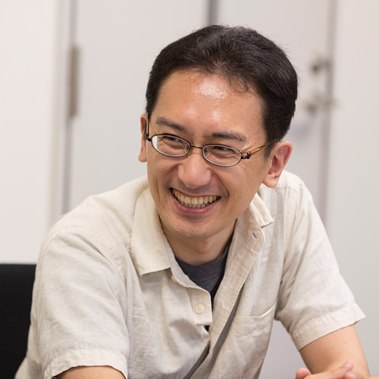
Takashi Mochizuki

V RAMASWAMY
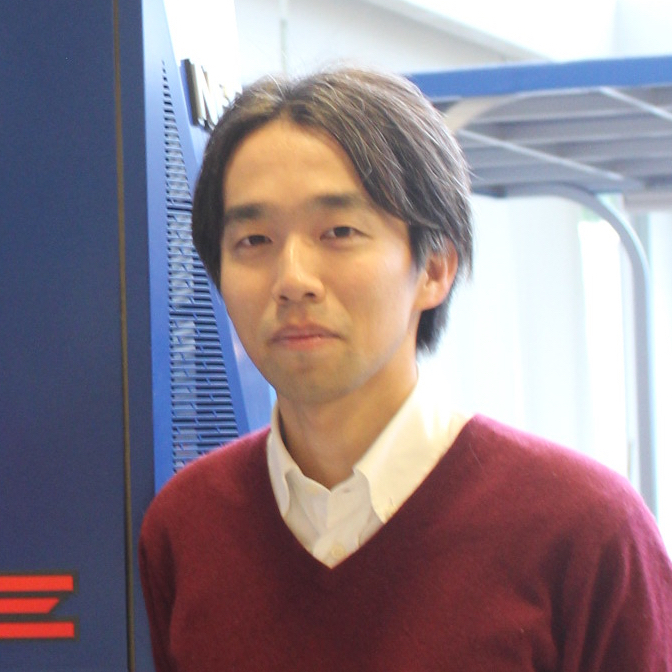
Yushi MORIOKA
Seasonal-to-decadal climate variability and predictability
Climate variability on seasonal-to-decadal timescale (e.g. ENSO, IOD, PDO, AMO) involves processes and multiple physical interactions among atmosphere, land, ocean and sea-ice. Many efforts have been made for understanding the underlying physical processes and its predictability, but there remain large uncertainties in model simulation and prediction results of the seasonal-to-decadal climate variability. This indicates that some important gaps still exist in our current knowledge which are not fully resolved in current climate models, for example, atmosphere-ocean-ice interaction, troposphere-stratosphere coupling, initialization, and role of anthropogenic forcings. This session aims to narrow the gaps in our knowledge and identify the unresolved issues for better understanding and prediction of seasonal-to-decadal climate variability. All the observations, theoretical, process-level and modelling research on seasonal-to-decadal climate variability and its predictability are greatly welcome.
JpGU - AGU Joint Session
Japan Geoscience Union Meeting 2018
A-HW21
Oral sessions
MAY 20 | PM2 | Room A02
Poster sessions
MAY 20 | PM1, PM3 | Poster Hall
MAY 20 | PM2 | Room A02
Poster sessions
MAY 20 | PM1, PM3 | Poster Hall
Conveners
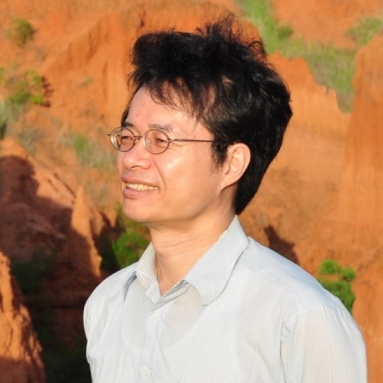
Yuei-An Liou
Dr. Yuei-An Liou, Distinguished Professor and Academician
Center for Space and Remote Sensing Research
National Central University, Chung-Li District, Taoyuan 320, Taiwan.
Email: yueian@csrsr.ncu.edu.tw;
Tel: +886-3-4227151 ext 57631 Fax: +886-3-4254908
Center for Space and Remote Sensing Research
National Central University, Chung-Li District, Taoyuan 320, Taiwan.
Email: yueian@csrsr.ncu.edu.tw;
Tel: +886-3-4227151 ext 57631 Fax: +886-3-4254908
Human-Natural system interactions and solutions for environmental management
Natural system, environmental quality, and anthropogenic processes have strong relationship.
Environmental changes and their causes increase the needs to address the consequences taking place in the structural and functional ecosystems.
Much progress of anthropogenic activities has been made and significantly improves social economics.
However, human system has been altering and raising burden on the natural system by alerting land use and land cover, bringing up water,
soil and air pollution, changing regional and global climate, and increasing frequency of natural disasters, e.g., floods, landslides.
Planners are increasingly pressured with challenges of balance between demands and developments while lessening the detrimental impact of social processes on environment.
Remote sensing and GIS have been proved with their advantages in providing data and tools to model and visualize spatiotemporal environmental changes
and influential factors so that practical policy for environmental protection and management can be proposed.
This session seeks for papers on advancements in the development of techniques and models with remote sensing and GIS to contribute environmental applications,
to exhibit and visualize influences of human activities on environmental changes and to improve understanding of the relationship between anthropogenic activities
and natural system and climate patterns. Solutions for environmental management in short- and long-term visions are very welcome.
Subtopics:
Remote sensing and GIS for eco-environment and natural hazards
Sustainable land use and urban growth management
Environmental and resource conservation, and pollution prevention
Environmental solutions and sustainable ecological development
Factors affecting patterns of environmental degradation
Links between environmental challenges and urban-rural development
Demand supply factors and strategic planning
Change in management in dynamic environment with GIS and RS
Remote sensing and GIS for eco-environment and natural hazards
Sustainable land use and urban growth management
Environmental and resource conservation, and pollution prevention
Environmental solutions and sustainable ecological development
Factors affecting patterns of environmental degradation
Links between environmental challenges and urban-rural development
Demand supply factors and strategic planning
Change in management in dynamic environment with GIS and RS
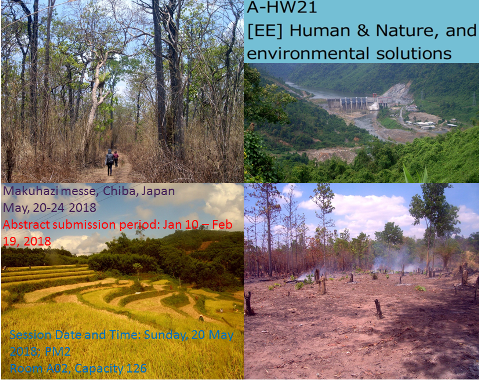
JpGU - AGU Joint Session
JpGU - EGU Joint Session
Japan Geoscience Union Meeting 2018
H-CG23
Oral sessions
MAY 21 | PM1, PM2 | Room 102
Poster sessions
MAY 21 | PM3 | Poster Hall
MAY 21 | PM1, PM2 | Room 102
Poster sessions
MAY 21 | PM3 | Poster Hall
Conveners
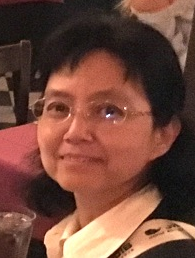
Miwa YOKOKAWA
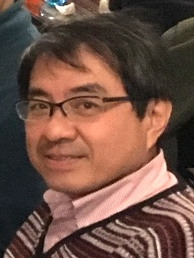
Norihiro IZUMI
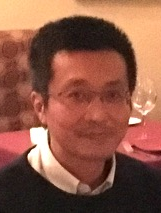
Takeshi NAKAJIMA
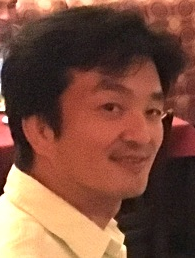
Hajime NAEUSE
Turbidity current: from triggers for the generation to the depositional and morphological processes
Recent developments of field observation, physical and numerical experiments, and mathematical analysis have brought us a better understanding of the dynamics of turbidity currents and relevant morphology and bedforms, and it results in more profound understanding of turbidites. The goal of this session is to integrate such new knowledge on turbidity currents, because it is important not only from scientific but also practical points of view, such as assessments of natural hazards, and exploration of resources.
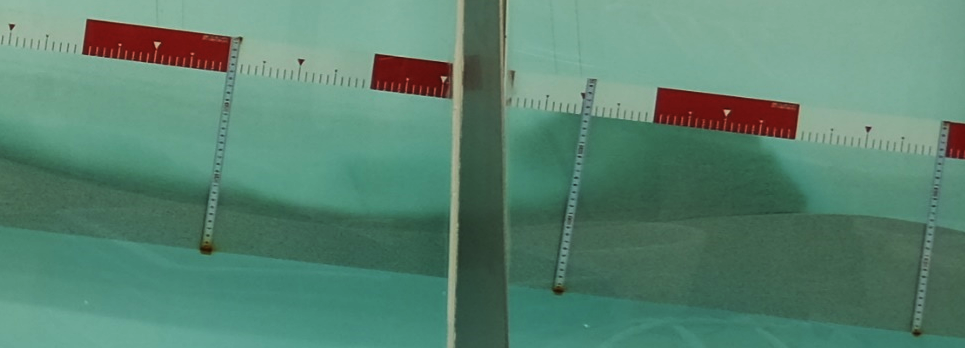 A hydraulic jump of a turbidity current on the stoss side of a cyclic step, which is formed by multiple surge-type turbidity currents. Experiments at Osaka Institute of Technology, Japan.
A hydraulic jump of a turbidity current on the stoss side of a cyclic step, which is formed by multiple surge-type turbidity currents. Experiments at Osaka Institute of Technology, Japan.
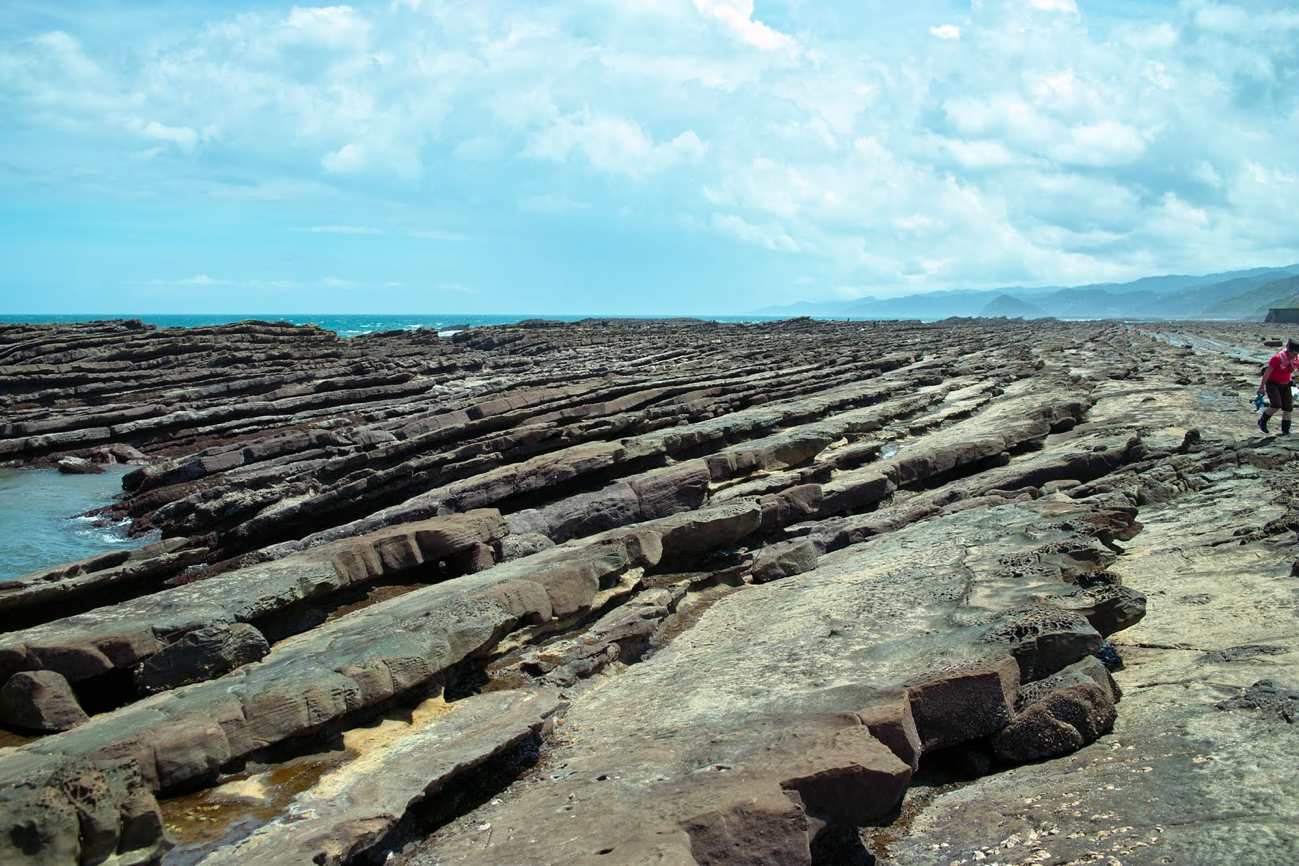 Turbidites of the Neogene Aoshima Formation of the Miyazaki Group, Miyazaki Prefecture, Japan. Based on the long distance, detailed mapping of sedimentary structures and thickness of the turbidites, it is revealed that these turbidites form sedimentary waves with the wavelength of about 300-400 m (Onishi et al., in press). Photo by Yoshiro Ishihara.
Turbidites of the Neogene Aoshima Formation of the Miyazaki Group, Miyazaki Prefecture, Japan. Based on the long distance, detailed mapping of sedimentary structures and thickness of the turbidites, it is revealed that these turbidites form sedimentary waves with the wavelength of about 300-400 m (Onishi et al., in press). Photo by Yoshiro Ishihara.
JpGU - AGU Joint Session
JpGU - AOGS Joint Session
JpGU - EGU Joint Session
Japan Geoscience Union Meeting 2018
S-VC39
Oral sessions
MAY 24 | PM1, PM2 | Room A08
Poster sessions
MAY 24 | AM2, PM3 | Poster Hall
MAY 24 | PM1, PM2 | Room A08
Poster sessions
MAY 24 | AM2, PM3 | Poster Hall
Conveners
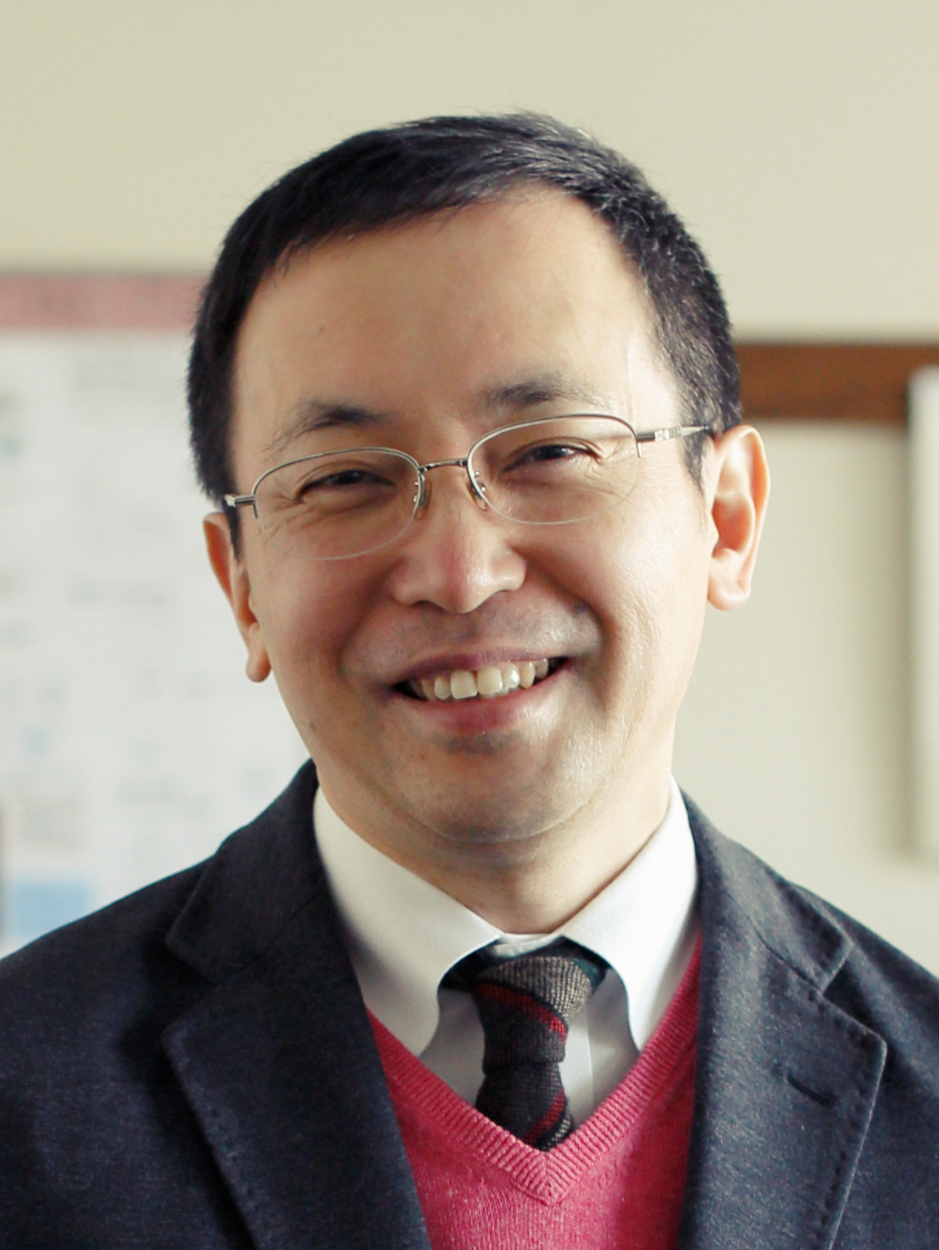
Michihiko Nakamura

Akihiko Tomiya

Shanaka L de Silva

Fidel Costa
Pre-eruptive magmatic processes: petrologic analyses, experimental simulations and dynamics modeling
This session aims at putting together recent knowledge on pre-eruptive magmatic processes including 1) magma chamber evolution through magma reintrusion, crystallization-induced volatile exolution, magma mixing and gas fluxing, 2) externally-driven eruption trigger mechanisms, and 3) conduit processes and controls on eruption styles such as outgassing, dehydration-induced crystallization, fragmentation and rheological transition of ascending magmas.
